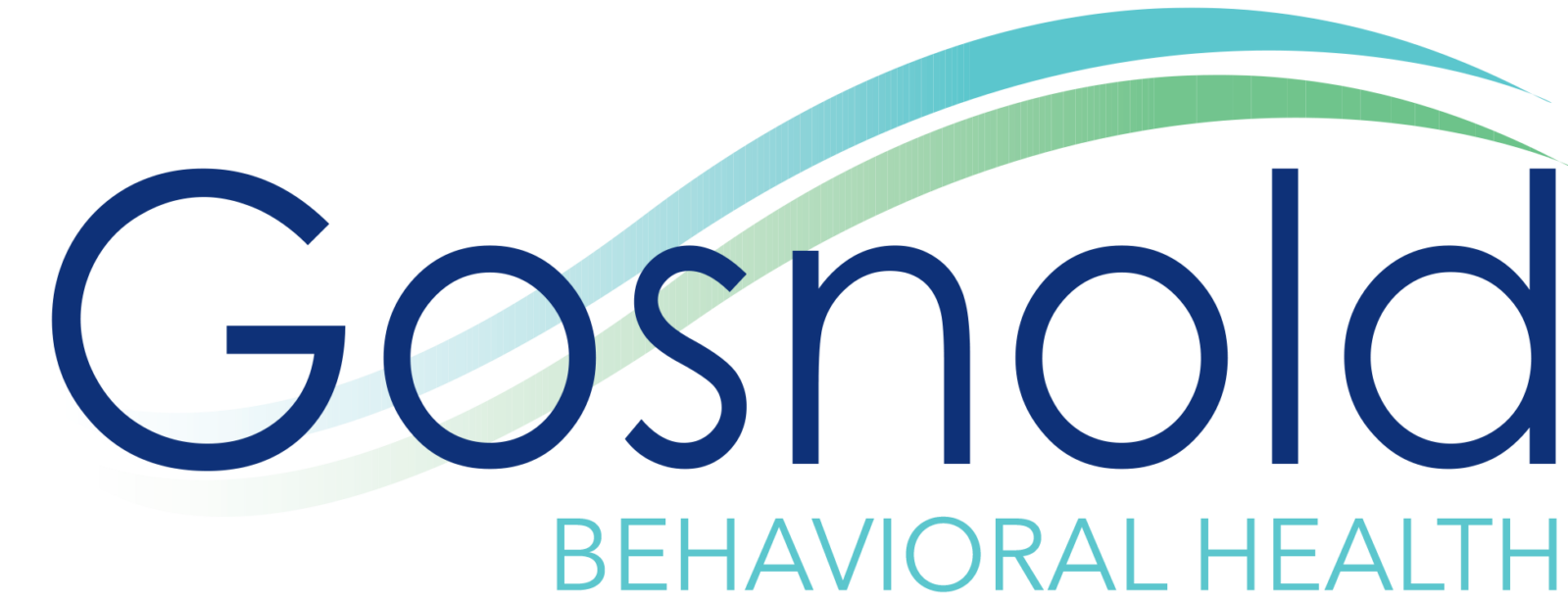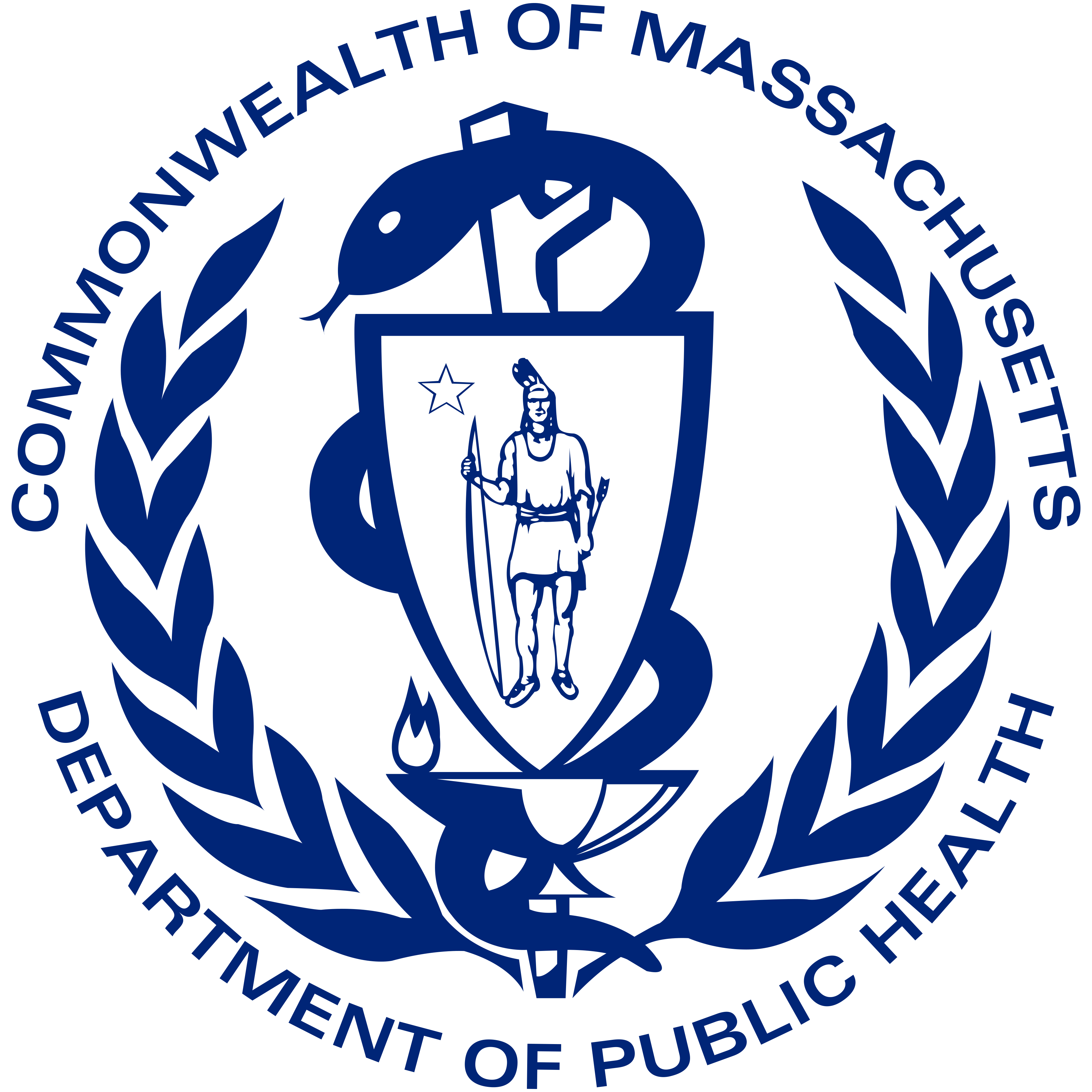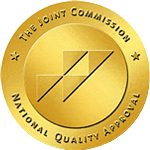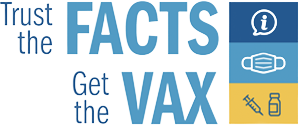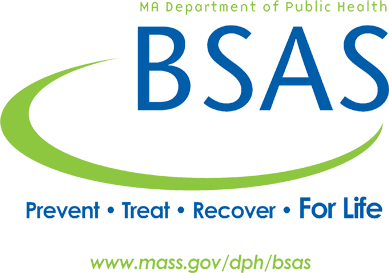Quality Performance, Always
Gosnold Quality Program
Gosnold’s quality program function is to establish, maintain and evaluate standards, processes and practices that encompass quality management and quality improvement activities throughout the organization’s day-to-day operations.
Solidifying a sound quality infrastructure will help facilitate enhanced organizational commitment and focus on performance improvement and enable all parties to have a clear definition of the quality program structure within the organization. Ultimately, these quality management structures and processes are designed to facilitate improvements in risk mitigation and the quality of care provided to patients.



continual performance improvement and quality enhancements
The Gosnold Method

Our Mission
is to excel in addiction and mental health treatment; to serve individuals and families affected by these illnesses; and to promote lasting recovery. Integrated within this mission, is the commitment towards performance improvement and continuous quality enhancements.
The Lean / PDSA Model
is used with all quality projects throughout the organization to resolve complex or multifaceted issues in a logical and system manner as well as to engage and communicate with stakeholders throughout the process.
The Quality Improvement Process
begins with a review an assessment of the overall priorities for that specific period, followed by a review of key metrics and available data.
reach for the best possible outcome
Focused On The Patient Experience
Patient experience surveys are designed to assess what services are important and determine satisfaction with these services.
Results are summarized and reviewed by our leadership team to identify and prioritize areas for improvement and to develop action plans.
The Overall Admissions Process
We take pride in providing a warm and relaxing atmosphere to ensure that your needs are met in a timely manner.
Care, Treatment, & Services
Our treatment plans are based on evidence-backed research and the latest advancements in the field.
Patient's Rights & Responsibilities
We will always be sure to thoroughly explain your options, risks, right, and responsibilities prior totreatment.
The environment & Facility
From start to finish, your visit will always be streamlined in the most efficient manner possible.

Our Measurements On Clinical Quality
The grid below contains a listing of high priority areas of metrics defined in the Gosnold’s Quality Program Work Plan.
- Antidepressant Medication Management Adherence:
“The rate of members age 18 and over with a diagnosis of major depression who were treated with an antidepressant and who remained on antidepressant medication” - Follow Up After Outpatient Visit for Alcohol/Drug Abuse or Dependence:
“The percentage of outpatient visits for members with a principal diagnosis of alcohol or other drug abuse or dependence (AOD) with follow-up visit for AOD” - Outpatient Follow Up After Inpatient Detox admission: 7 & 30 Day:
“The measure asses the percentage who receive an outpatient appointment with a mental health practitioner within seven days of discharge, but no later than 30 days from the discharge date.” - Follow Up After Partial Hospitalization Program discharge:
“The percentage of partial hospitalization episodes for members seen for substance use who had a follow-up visit for substance use disorder” - Follow Up After Outpatient Visit for Mental Illness:
“The percentage of Outpatient visits for members with a principal diagnosis of Mental Illness or Intentional Self Harm who had a follow-up visit for mental illness.” - Initiation and Engagement of Alcohol and Other Drug Abuse or Dependence Treatment:
“The percentage of adult members with a new episode of alcohol and other drug (AOD) use or dependence who received the following: • Initiation of AOD Treatment: The percentage of members who initiate treatment through an inpatient AOD admission, outpatient visit, intensive outpatient encounter, or partial hospitalization, telehealth or medication-assisted treatment (MAT) within 14 days of the diagnosis • Engagement of AOD Treatment: The percentage of members who initiated treatment and who had two or more additional AOD services or MAT within 34 days of the initiation visit” - All- Cause readmission rates:
“For members 18 years of age and older, the number of acute inpatient stays during the measurement year that were followed by an unplanned acute readmission for any diagnosis within 30 days” - Average length of Stay:
“Time from admission to discharge of a patient from Gosnold”
